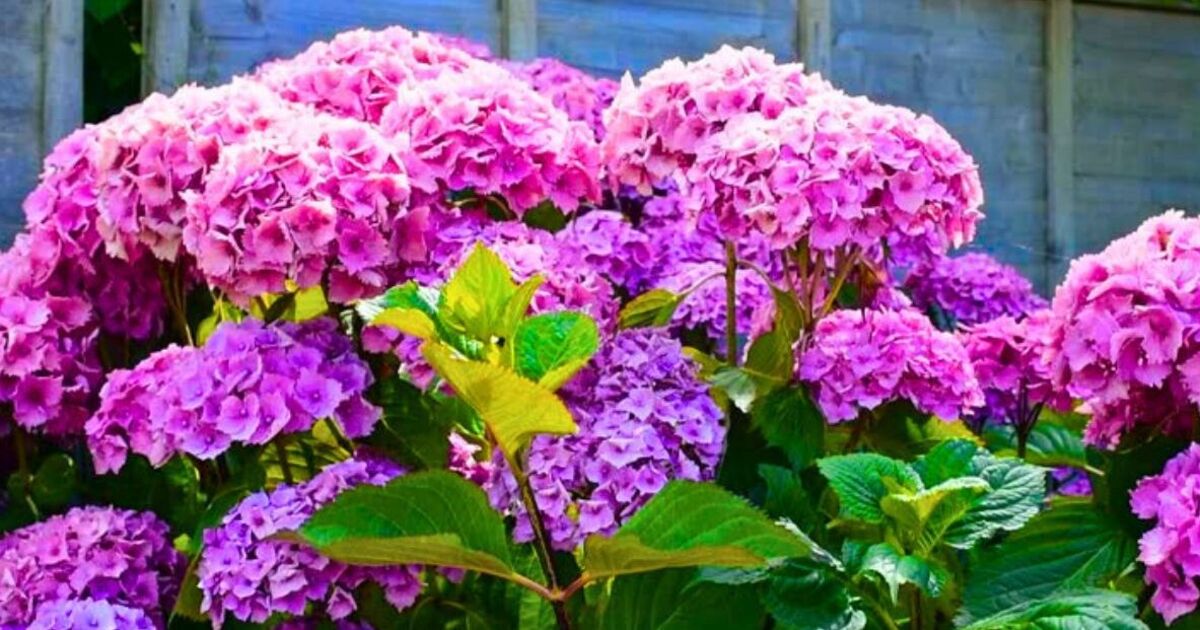As the warmth of summer gives way to the cool serenity of fall, communities are eagerly anticipating the myriad activities that follow. Among these anticipated activities is the seasonal practice of harvesting, a tradition that many gardeners look forward to. However, not every novice gardener knows how to get the most out of the harvest season. These valuable insights shared by a seasoned gardener can help eliminate common mistakes and maximize the season’s yield.
In a garden-centric video clip, a master gardener named Jessica highlights three simple yet effective methods to ensure that local gardens yield fresh and plentiful harvests. For the uninitiated, her first piece of advice may come as a surprise – it is actually a mistake not to harvest enough. This observation is based on the premise that removing seeds from your plants encourages them to produce even more seeds.
She then offered a piece of advice which often gets overlooked – knowing when to harvest various plants. This is because while some plants can be harvested at any stage, others should be harvested later in their life cycles. This advice puts emphasis on the importance of the time factor during harvesting operation. Her final advice was to prioritize cleanliness in harvesting tools. Using disinfected tools particularly prevents the spread of diseases among plants.
Forget not Jessica’s affirming reminder: “Harvesting is one of the best parts of gardening! Avoid doing these for better harvests.”
On related note, the often-beleaguered realm of harvesting is just as much art as it is science, where timing is critical. For the lushness of fall to pay off, many varieties of plants should ideally be planted by mid to late-August for successful harvests. When purchasing seed packets, it is advised to opt for the ones which lay claim to a fewer number of “days to maturity”. This ensures that your plants will have enough time to grow fully.
The seeds of various leafy greens plants, for instance, which can be sown in late August, are ideally harvested after summer. Undeniably, gardening gives rewards that extend beyond the confines of fresh fruits and vegetables. Along with serving as a fulfilling pastime, implementing best practices in harvesting can also translate into financial savings.
For instance, opting for organic compost made from garden waste instead of store-bought fertilizer, can significantly reduce expenses. Not to mention, it cuts down on pollution which is harmful to the environment. The benefits continue as additional practices like mulching with leaves and sequential planting can improve soil fertility and prolong your harvest season.
Psychological studies affirm that when we grow our own food, it benefits both our physical and mental health. Cumulative research findings suggest gardening increases physical activity levels and reduces anxiety. Additionally, supporting home or community gardens with native plants aids local ecosystem biodiversity, further promoting a healthy and abundant harvest.
A respectful nod must be made to social media’s power in amplifying the reach of such beneficial insights, which have received appreciation from the global community of gardening enthusiasts. Apart from potential savings, a well-maintained garden can yield up to $600 worth of produce in a year and contribute to water conservation in drought-prone areas. As one content viewer gratefully remarked, “Good tips”. Yet another echoed the sentiment of many, simply saying, “Thank you”. Given these factors, it’s clear that avoiding common gardening mistakes can pay off with a bountiful harvest season that extends well beyond any single garden patch.




